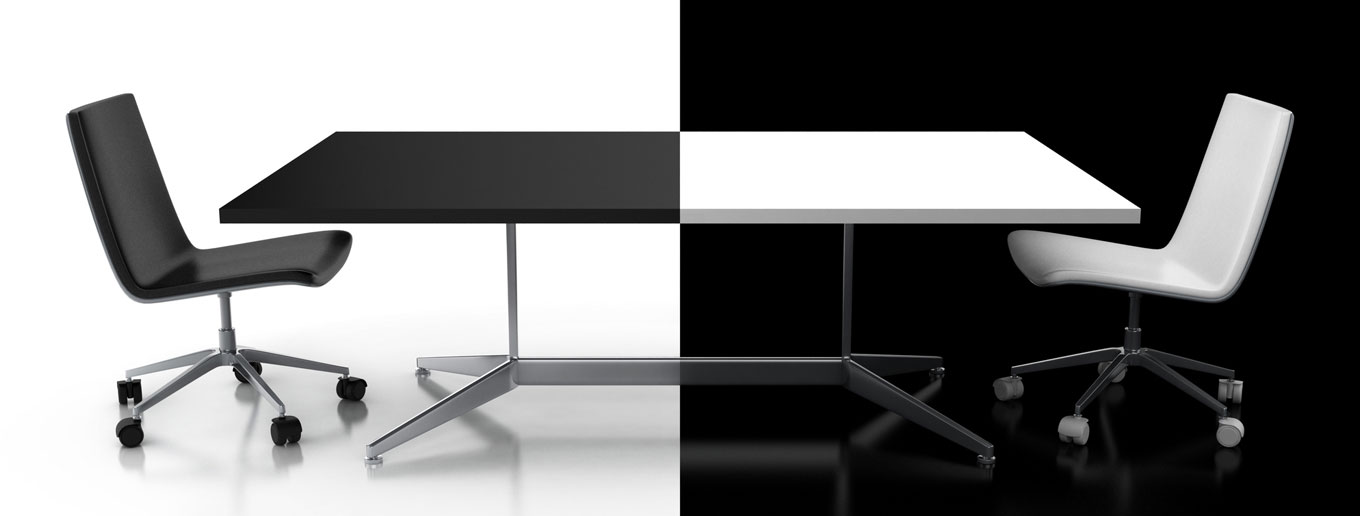Assume the Opposite
Reverse your thinking to reach new ideas in this brainstorming activity.

Sometimes our assumptions about the nature of a problem prevent us from coming up with creative solutions. Here’s how to reverse your thinking to reach new ideas.
Don’t limit your thinking
When we define a problem, it’s natural to put boundaries around it. It helps us to contain the issues and focus on what we think we need to solve. But as designers, we know that sometimes the most powerful part of a design is the “missing” elements—the lines that your eyes fill in, the spaces that make a new shape, or the missing ingredient in what your mind expects to be included in an image.
To creatively solve a problem, it helps to use this same way of looking at things differently. You need to take away the elements that you might normally assume to be truths. Here’s an exercise that’s been adapted from a process that mathematicians and philosophers have been using for centuries to solve problems by removing previously assumed restraints.
1. List your assumptions
Start by listing out all the assumptions you have about your problem. For example, if you were a furniture manufacturer trying to come up with a new type of chair, some of your assumptions might look like this:
a) Chairs are used for sitting.
b) Chairs are sold to go with other furniture (desks, tables, couches, etc.)
c) Chairs have four legs.
2. Reverse each assumption
Once you’ve defined all the typical assumptions around your problem, it’s time to reverse your thinking and define the opposite of each. In our example, the reverse list might look something like this:
a) Chairs are not used for sitting.
b) Chairs are not needed for desks, tables, or living room sets.
c) Chairs don’t have legs.
3. Solve the reversal
The last step in the process is to use your list of reversed assumptions to create answers that can solve your original problem. Using our example, your ideas might include things like a new line of furniture that you stand, kneel, or lean upon; a new line of standing desks or dining tables that don’t require chairs; or a line of chairs that have unique bases or shapes and don’t require legs at all.
As a result of using this process you’ll be able to discover new ideas that challenge existing conventions and are more innovative because of it. So go ahead, stop assuming barriers and start solving your problems.
Make a Wish
A brainstorming technique that forces you to simplify your problem.
Brainstorming without Homework = Incomplete
Are you ready for your next brainstorming session?
50 – 30 – 10
This brainstorming activity starts with a big picture and narrows that focus.



